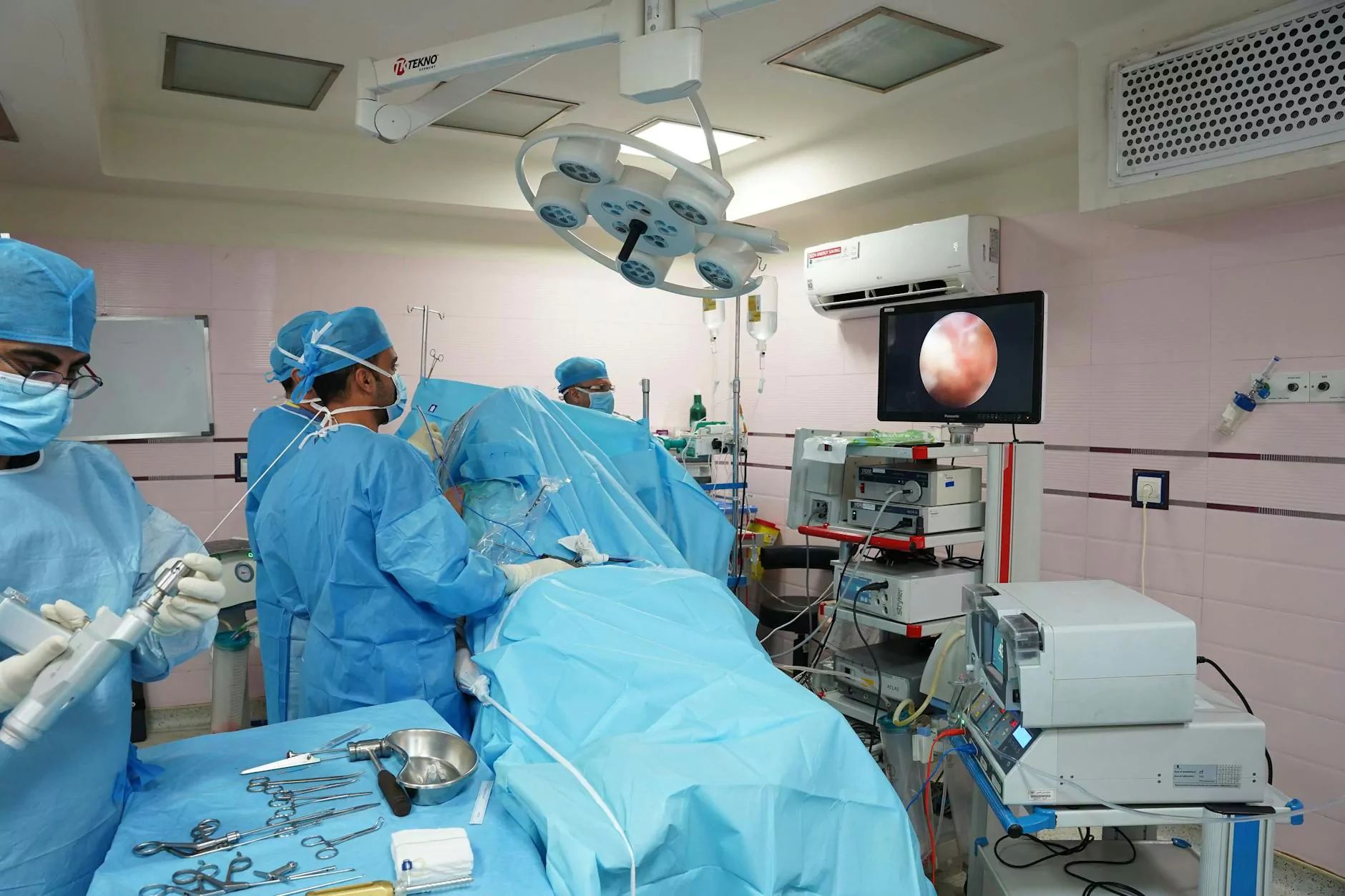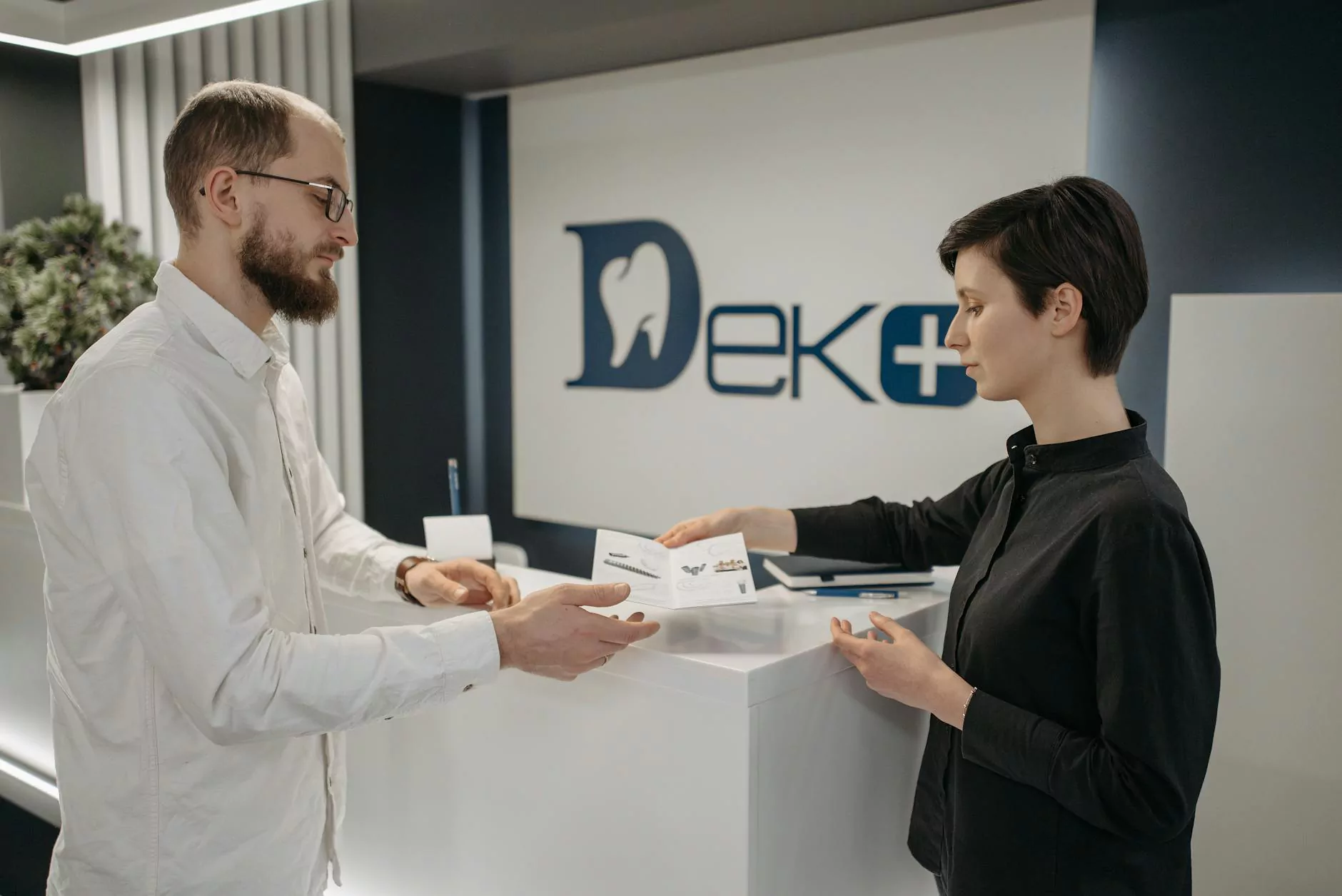The Ultimate Guide to Cleaning and Disinfection of Endoscopes for Healthcare Facilities

In the realm of modern healthcare, the importance of rigorous cleaning and disinfection of endoscopes cannot be overstated. With endoscopic procedures becoming an essential part of diagnostic and therapeutic interventions, maintaining the highest standards of hygiene is crucial in preventing cross-contamination and ensuring patient safety. This comprehensive guide aims to provide a detailed overview of the critical aspects of cleaning and disinfection of endoscopes, integrating industry best practices, innovative technologies, and regulatory standards.
Understanding the Critical Role of Proper Cleaning and Disinfection of Endoscopes
Endoscopes are complex medical devices that come into direct contact with internal body tissues and fluids. Due to their intricate design featuring channels, valves, and multiple bending sections, they pose significant challenges for effective cleaning and disinfection. This necessitates a meticulous process to eradicate microorganisms, including bacteria, viruses, fungi, and spores that could lead to healthcare-associated infections (HAIs).
Proper cleaning and disinfection of endoscopes are fundamental to infection control protocols. An inadequately cleaned endoscope not only jeopardizes patient safety but also compromises healthcare facility accreditation and compliance with regulatory standards. Therefore, healthcare entities must adopt comprehensive cleaning workflows, utilize validated disinfectants, and stay updated with technological advancements and industry guidelines.
Regulatory Standards and Guidelines for Endoscope Disinfection
The disinfection practices for endoscopes are governed by numerous regulatory bodies including the Centers for Disease Control and Prevention (CDC), the Food and Drug Administration (FDA), and the European Society of Gastrointestinal Endoscopy (ESGE). These organizations establish strict protocols to ensure safe procedures:
- CDC Guidelines: Emphasize the importance of high-level disinfection for semicritical devices like endoscopes.
- FDA Regulations: Require manufacturers to validate cleaning procedures and provide instructions for use.
- European Standards: Incline towards strict sterilization processes and validation, highlighting risk-based approaches.
Adherence to these standards is mandatory for healthcare institutions aiming to deliver safe and effective endoscopic services. Consistent compliance not only minimizes infection risks but also guarantees operational efficiency and patient trust.
The Step-by-Step Process for Effective Cleaning and Disinfection of Endoscopes
Executing a thorough cleaning and disinfection of endoscopes involves multiple carefully coordinated steps, each essential to eliminate pathogens and prevent biofilm formation. Below is a detailed breakdown of these steps:
1. Pre-Cleaning
Immediately after removal from the patient, the endoscope should be wiped to remove gross contaminants using a lint-free cloth soaked in enzymatic cleaner. This initial step significantly minimizes soiling and begins the disinfection process.
2. Leak Testing and Inspection
Perform leak testing to ensure integrity of endoscope seals. A compromised device can harbor residual fluids, compromising disinfection efficacy. Include a visual inspection to identify damages, discoloration, or buildup that might impede cleaning.
3. Manual Cleaning
This critical step involves immersing the endoscope in an enzymatic detergent solution, followed by brushing all accessible channels and surfaces with dedicated endoscope brushes. Using double-sided brushes and flat-tipped instruments ensures all lumens and surface areas are meticulously cleaned. This step physically removes organic material, biofilm, and debris.
4. Rinsing
Thorough rinsing with water—preferably sterile or filtered water—removes residual detergent and debris. Proper rinsing prevents chemical residues that could interfere with subsequent disinfection.
5. High-Level Disinfection (HLD)
This stage involves immersing or circulating high-level disinfectants such as glutaraldehyde, ortho-phthalaldehyde (OPA), or peracetic acid through the endoscope channels. The exposure time and disinfectant concentration must be validated according to manufacturer instructions and regulatory guidelines. Automated Endoscope Reprocessors (AERs) are highly recommended for consistent and validated disinfection cycles.
6. Rinsing with sterile or filtered water
Post-disinfection, a sterile or filtered water rinse is necessary to remove residual disinfectants, which could be cytotoxic or cause tissue irritation.
7. Drying and Storage
Complete drying of all channels with medical-grade compressed air prevents residual moisture, which could foster microbial growth. Proper storage in ventilated, contaminated-free environments is essential to maintain the cleanliness of disinfected endoscopes.
Innovative Technologies Enhancing Endoscope Disinfection
Advancements in technology have transformed the landscape of endoscope reprocessing, making procedures more efficient, effective, and safer:
- Automated Endoscope Reprocessors (AERs): These machines standardize cycles, reduce human error, and ensure validated disinfection protocols are meticulously followed.
- Single-Use Endoscopes: Eliminating reprocessing needs altogether, these devices significantly reduce infection risks associated with multi-use devices.
- Ultraviolet (UV) and Plasma Disinfection: These adjunct technologies offer rapid sterilization options, targeting resistant microorganisms and biofilms.
- Digital Monitoring and Validation Systems: Continuous real-time tracking of disinfectant concentrations, cycles, and parameters ensure compliance and high sterilization efficacy.
Best Practices for Maintaining Endoscope Reprocessing Hygiene
Implementing a robust cleaning and disinfection of endoscopes protocol is vital. Consider the following best practices:
- Develop and regularly update Standard Operating Procedures (SOPs) aligned with latest guidelines.
- Train staff thoroughly in cleaning, disinfection, leak testing, and troubleshooting procedures.
- Use only validated disinfectants compliant with regulatory standards.
- Perform routine maintenance and calibration of AERs and cleaning equipment.
- Maintain comprehensive records of reprocessing cycles, maintenance, and quality control tests.
- Schedule routine staff audits and competency assessments.
- Monitor microbiological outcomes regularly to detect and address potential contamination issues.
Quality Control and Validation in Endoscope Disinfection
Ensuring the effectiveness of reprocessing involves ongoing quality assurance through:
- Chemical Validation: Verifying disinfectant concentration and contact time.
- Physical Validation: Confirming proper cleaning procedures and drying.
- Biological Monitoring: Using biological indicators (BIs) to confirm microbial elimination.
- Routine Audits: Periodic reviews of protocols and compliance levels.
Adopting a structured validation process not only aligns with regulatory demands but also safeguards patient and staff health.
Conclusion: Elevating Standards in Endoscope Reprocessing for Safer Healthcare
The significance of cleaning and disinfection of endoscopes extends beyond mere compliance—it is a fundamental aspect of patient safety, healthcare quality, and operational excellence. As innovations and regulatory frameworks evolve, healthcare providers must remain vigilant and proactive in refining their reprocessing practices. Reliable, validated cleaning routines paired with cutting-edge technology can drastically reduce infection risks, ensuring the highest standards of care.
For healthcare organizations seeking reliable and advanced solutions for endoscope cleaning and disinfection, Medalkan offers an extensive range of products, protocols, and support dedicated to optimizing reprocessing workflows. Partner with us to enhance your infection control strategies and uphold your commitment to excellence in patient care.
Contact Medalkan today to learn more about our state-of-the-art cleaning and disinfection supplies, automated reprocessing systems, and compliance support for your healthcare facility.









